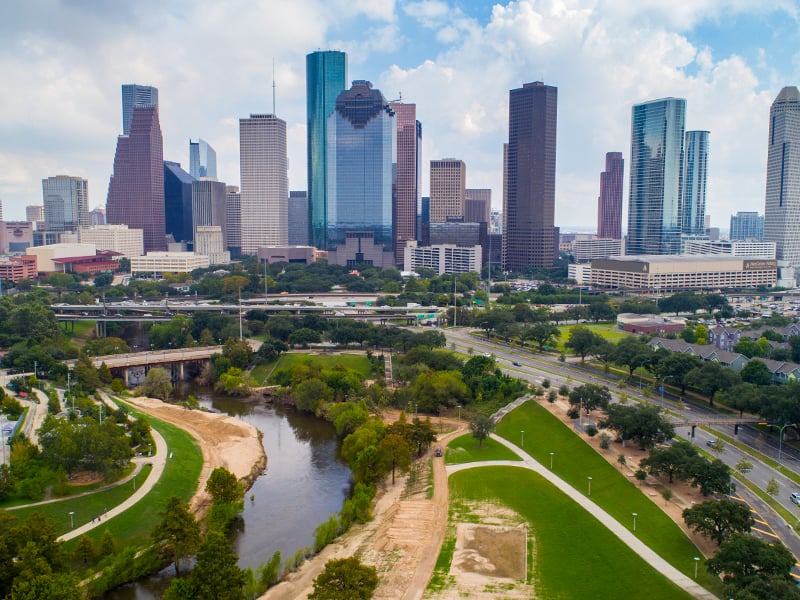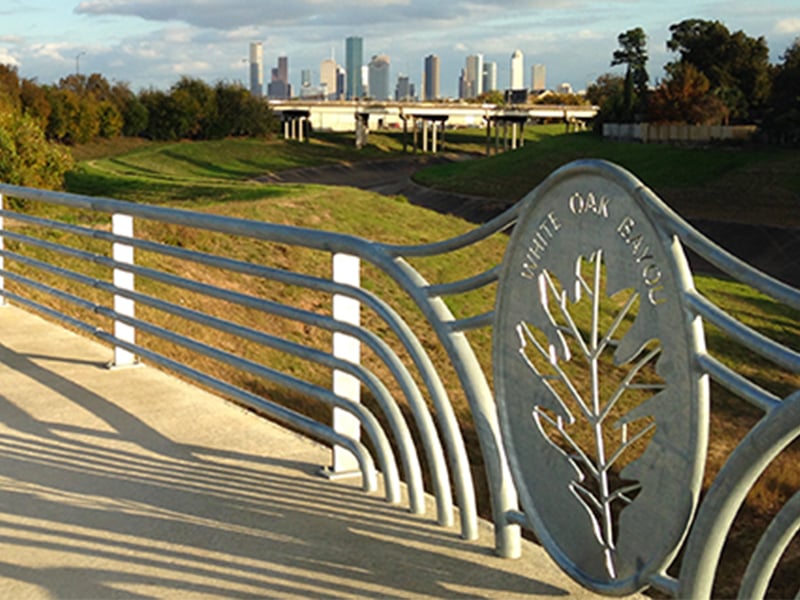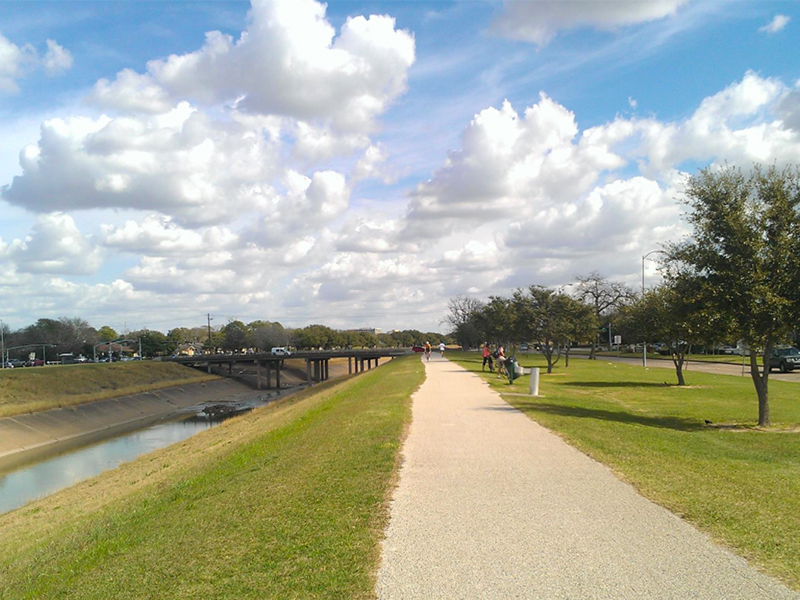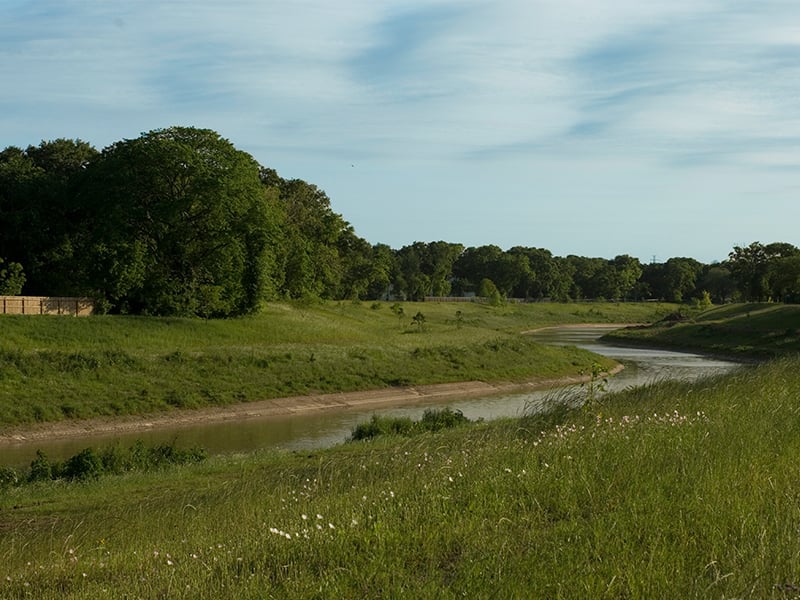The Four Major Bayous of Houston
Houston’s geography is a complicated one that consists of numerous bayous punctuating the city. When the city was first founded, it was built around the area where White Oak Bayou and Buffalo Bayou converge. Although Houston has expanded tremendously in the almost 200 years since the first strip of land was bought in the region, Houston continues to be defined by its bayous. There are four major bayous in the Houston area along which the city’s neighborhoods have been developed.
Buffalo Bayou

Buffalo Bayou remains the most known bayou in Houston. The river moves slowly through the city and flows all the way to the Houston Ship Channel in Galveston Bay. Given its length, it shouldn’t be surprising that a number of communities have sprung up along it. However, among the most heavily populated may be the neighborhood of Rice Military.
Buffalo Bayou has been popularized by Buffalo Bayou Park, which offers a green oasis in the urban center of Houston. Though residents from all across Houston visit the area, the park is most accessible to the surrounding Rice Military residents. This neighborhood is known for access to some of Houston’s most popular parks. It’s also conveniently located nearby long stretches of shops and restaurants. With its many single family and two- to three-story townhouses, Rice Military is often in high demand among new homebuyers.
White Oak Bayou

Just next to Buffalo Bayou, White Oak Bayou runs through northwest Houston, heading south until it merges with Buffalo Bayou near Downtown Houston. Along the way, it passes through some of the most popular neighborhoods in the city, including Houston Heights.
Houston Heights is one of the oldest communities in the city and was originally organized in 1891. Today, Houston Heights is among the larger areas of the city. Bordered on the north by Loop 610 and on the south by Interstate 10, the exact borders of the area are regularly the subject of arguments. Since it’s among the most historic part of the city, many surrounding neighborhoods claim to be a part of the Heights. Houston Heights is committed to the preservation of the low-slung bungalow style that was popular in Houston in the past. However, new residential areas are welcome, so long as they adhere to the codes the city established to protect the neighborhood’s historic past.
Brays Bayou

Brays Bayou, like White Oak Bayou, is a major tributary of Buffalo Bayou. However, it flows from the south of Houston until it joins with Buffalo Bayou. Along the way, it passes through some of the most heavily developed parts of the city. Further north, as the Brays Bayou nears the Downtown Houston area, it passes along the Museum District and Texas Medical Center. Residents of the area enjoy easy access to Houston’s sophisticated medical system and the many museums of the surrounding area.
Nearby Braeswood is a popular neighborhood consisting of ranch-style homes alongside newer housing development. Residents in the area enjoy quick access to the cultural heart of the city, as well as the heart of Downtown Houston. Home owners in the area are also positioned conveniently close to University Place, which is near restaurants, salons, clothing stores, and more.
Sims Bayou

Sims Bayou is the farthest south of Houston’s many bayous. As such, it’s distant from the most heavily populated areas of the city. However, the city currently has major plans to attract new residents to the area. Sims Bayou is planned for a major overhaul that will transform it into the Sims Bayou Greenway — a publicly accessible greenway with trails for hiking and biking. Multiple parks will provide access along the greenway, giving visitors plenty of areas to relax during their walks. The biggest beneficiary of the greenway project will be the residents of the Sunnyside neighborhood. Sunnyside provides some of the most affordable living in the city of Houston in a range of contemporary single-family homes. The combination of affordable living and a revitalized Sims Bayou may create new demand for homes in the area.

